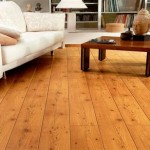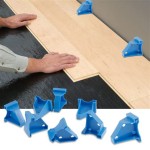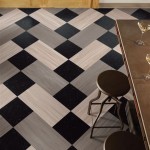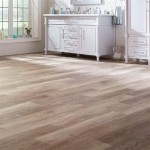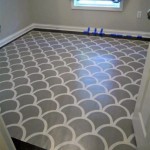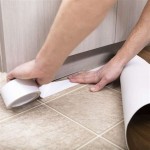Warped hardwood floor can be a real challenge to homeowners. Not only is it unsightly, but it can also cause serious structural damage to your home if not addressed quickly. If you’re dealing with a warped hardwood floor, it’s important to understand why it’s happening and the best ways to fix it.
What Causes a Warped Hardwood Floor?
Warped hardwood floor is usually caused by changes in the moisture content of the subfloor. When the moisture content increases, the wood absorbs it, causing it to swell and warp. This can be caused by high humidity, water leaks, or even the presence of a vapor barrier. If the moisture content is left unchecked, the damage can become worse, resulting in buckling, cupping, and splitting.
What Are the Signs of Warped Hardwood Floors?
The most obvious sign of a warped hardwood floor is a visible bend or dip near the center of the floor. This is usually caused by the wood absorbing too much moisture, which causes it to swell and warp. Other signs of a warped floor include gaps between boards, squeaking noises when walking on the floor, and loose planks.
How to Fix Warped Hardwood Floors
The first step to fixing a warped hardwood floor is to identify the source of the moisture that is causing the problem. If the problem is due to a high humidity level, a dehumidifier can help. If there is a water leak, it must be repaired first. Once the source of the moisture has been addressed, the next step is to repair the warped boards. Depending on the severity of the damage, this can be done by sanding and refinishing, replacing the boards, or using a wood filler.
How to Prevent Warped Hardwood Floors
The best way to prevent warped hardwood floors is to keep the moisture content of the subfloor consistent. To do this, install a vapor barrier between the subfloor and the hardwood floor. Additionally, if you live in an area with high humidity, using a dehumidifier is a good idea. Regularly check for any signs of water leaks and repair them as soon as possible.
Conclusion
Warped hardwood floor can be a real problem for homeowners. It’s important to recognize the signs, identify the source of the moisture, and take the necessary steps to repair the damage. Additionally, taking preventative measures to keep the moisture content of the subfloor consistent can help prevent warped floors in the future.




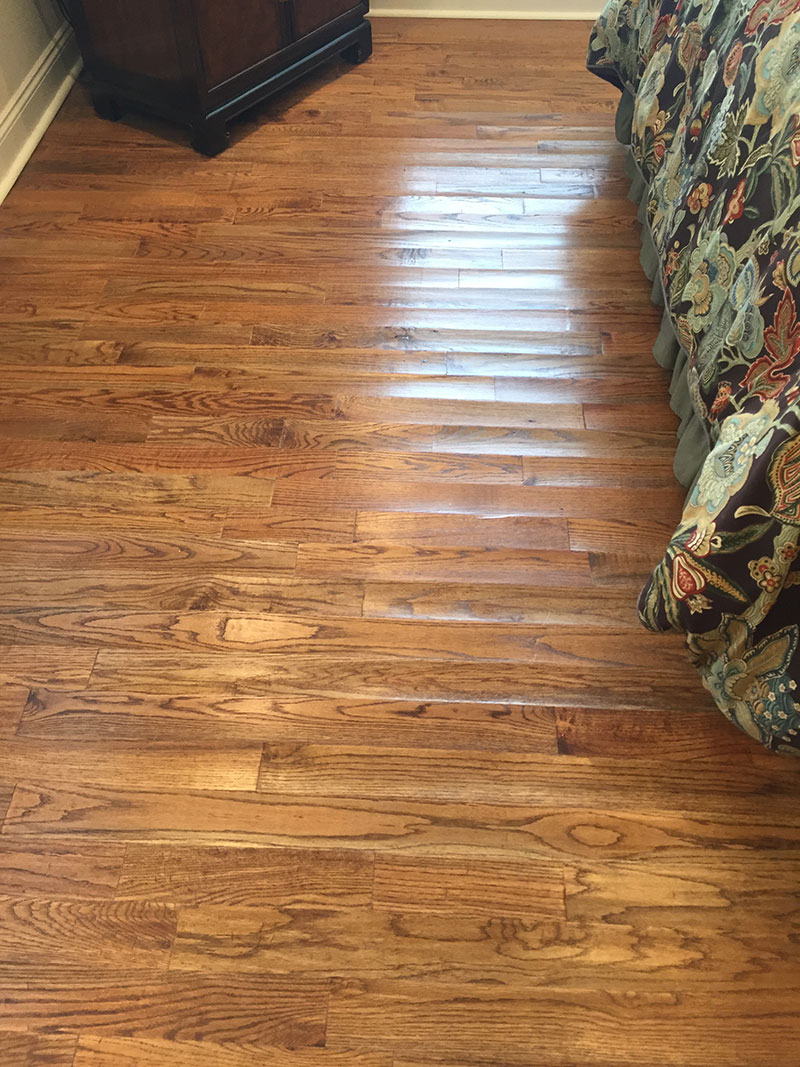










Related Posts

